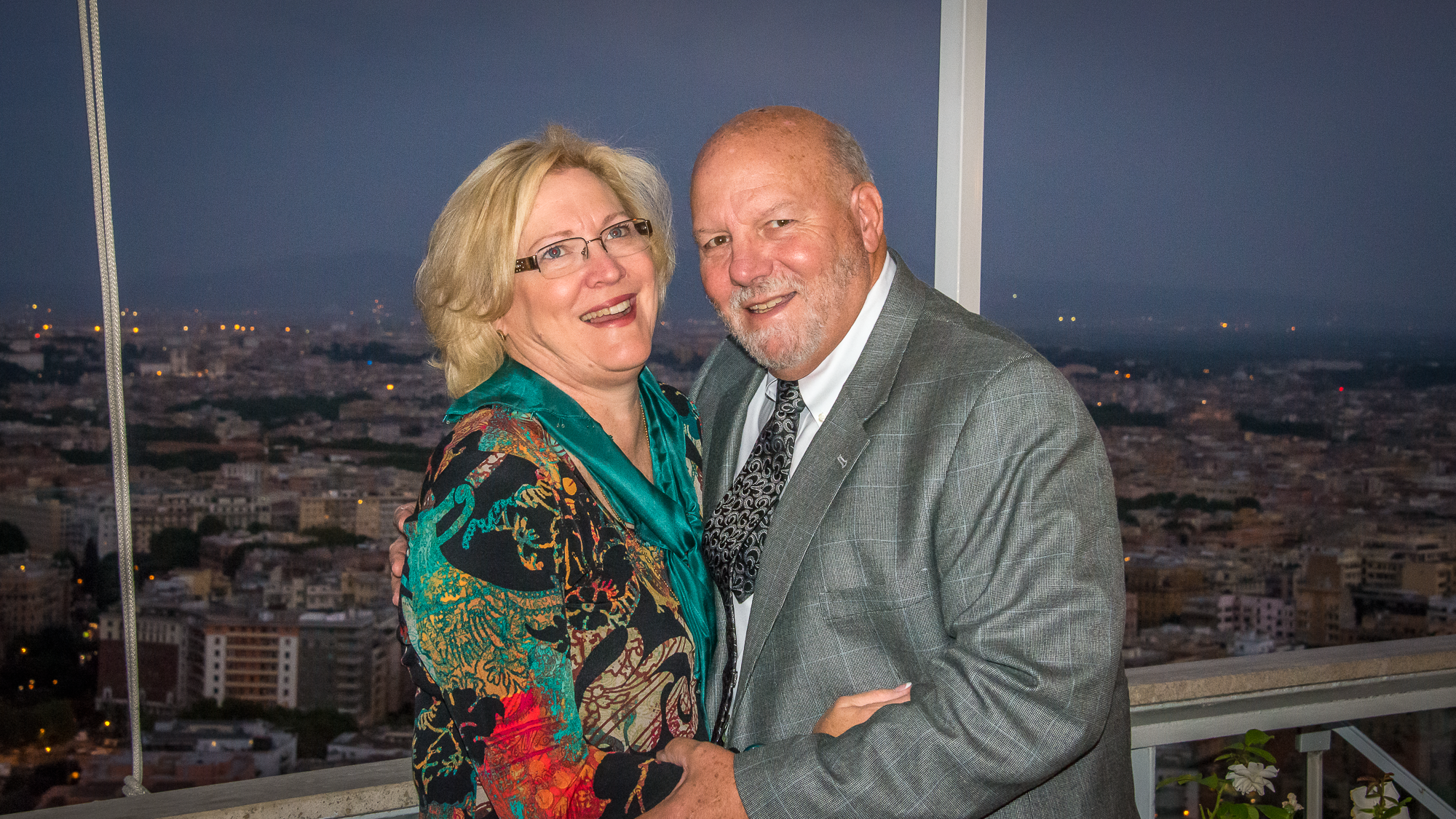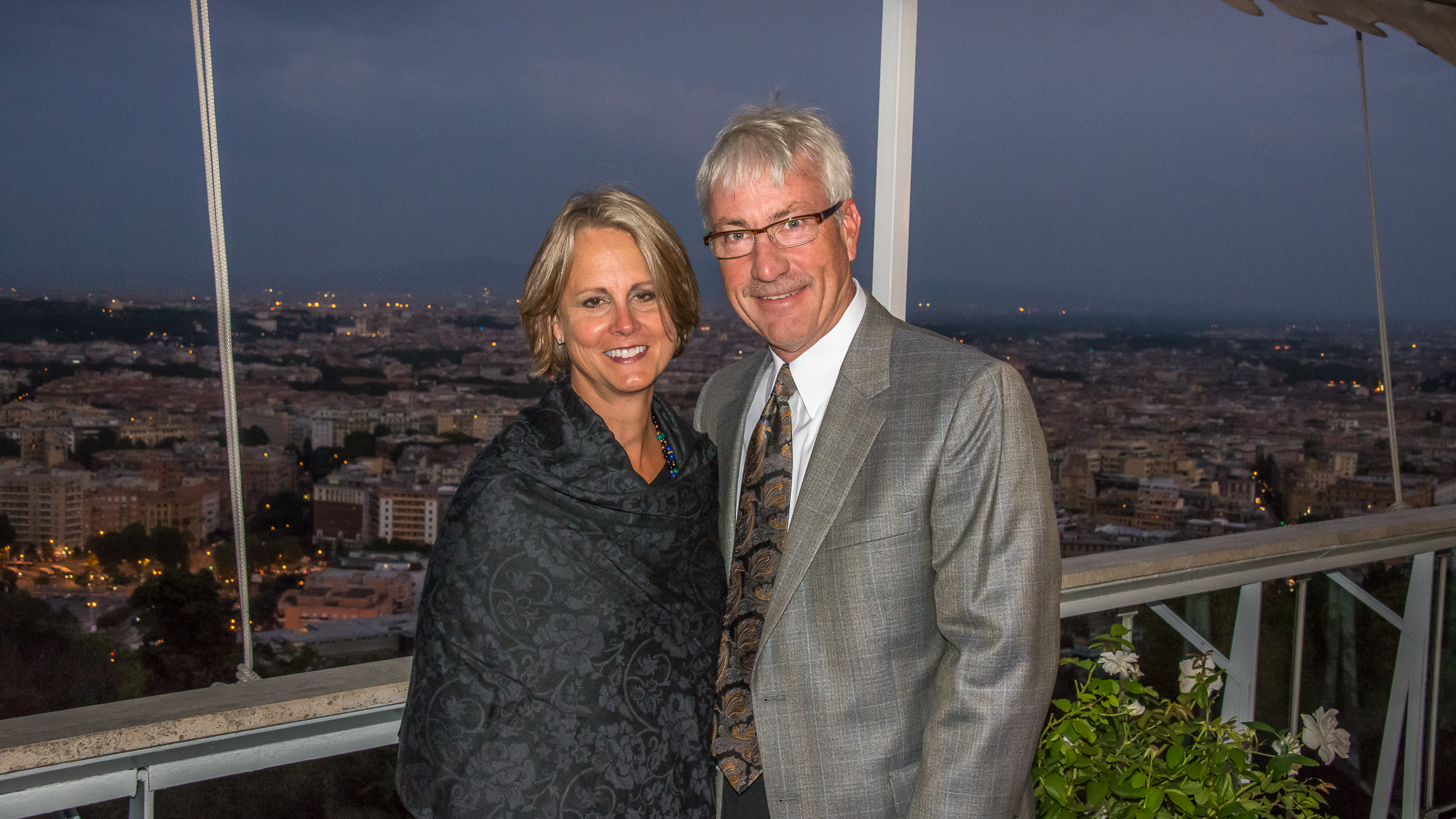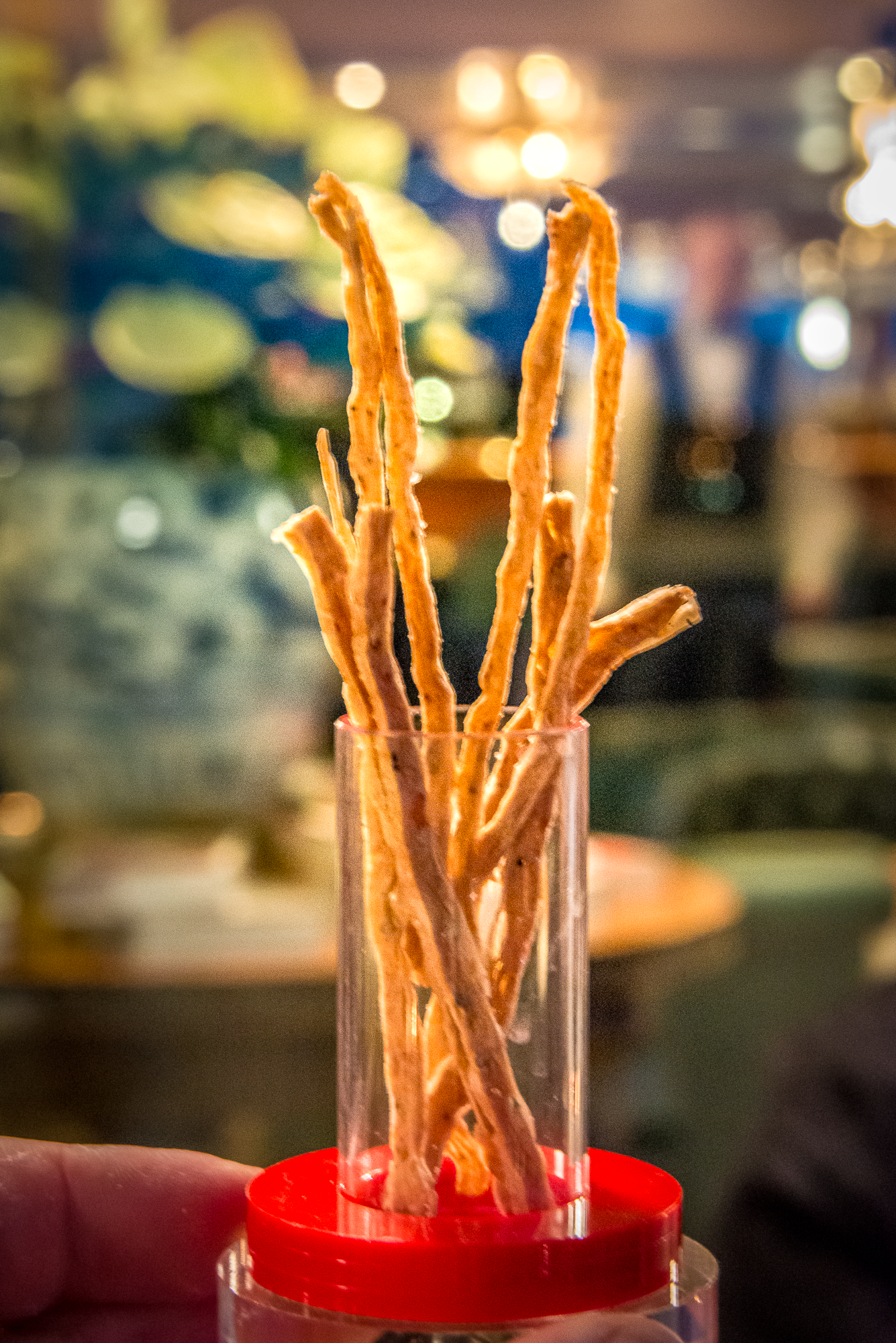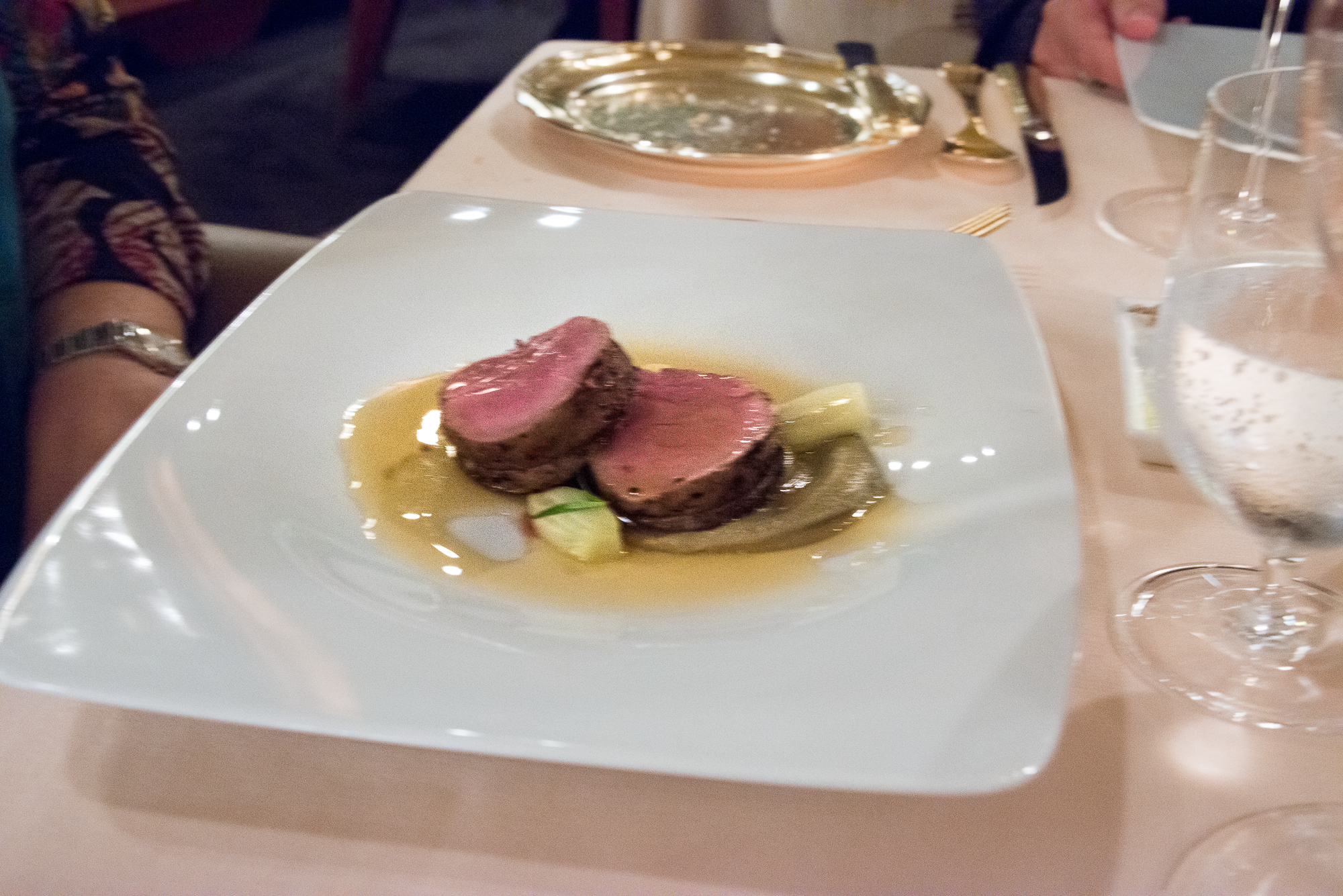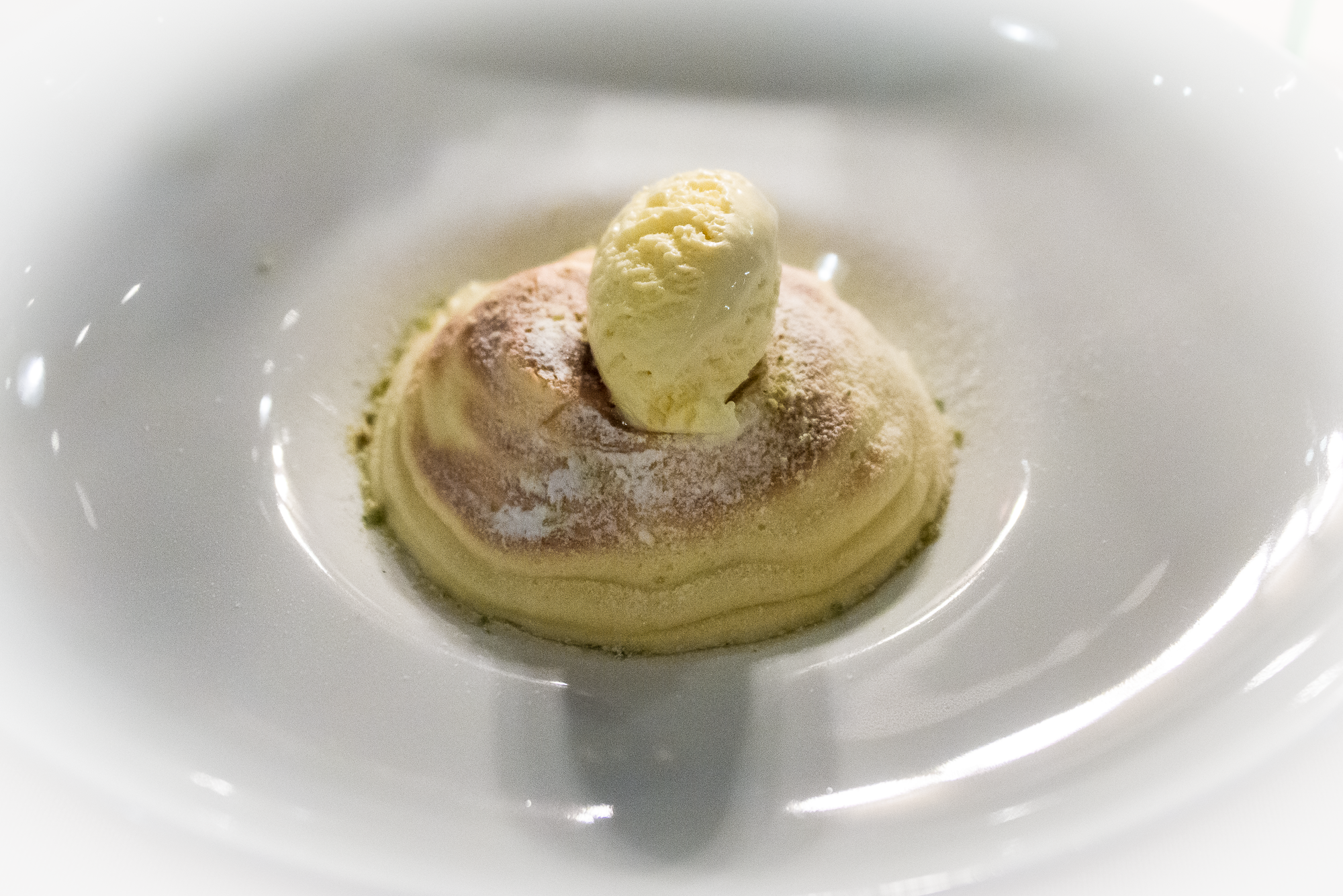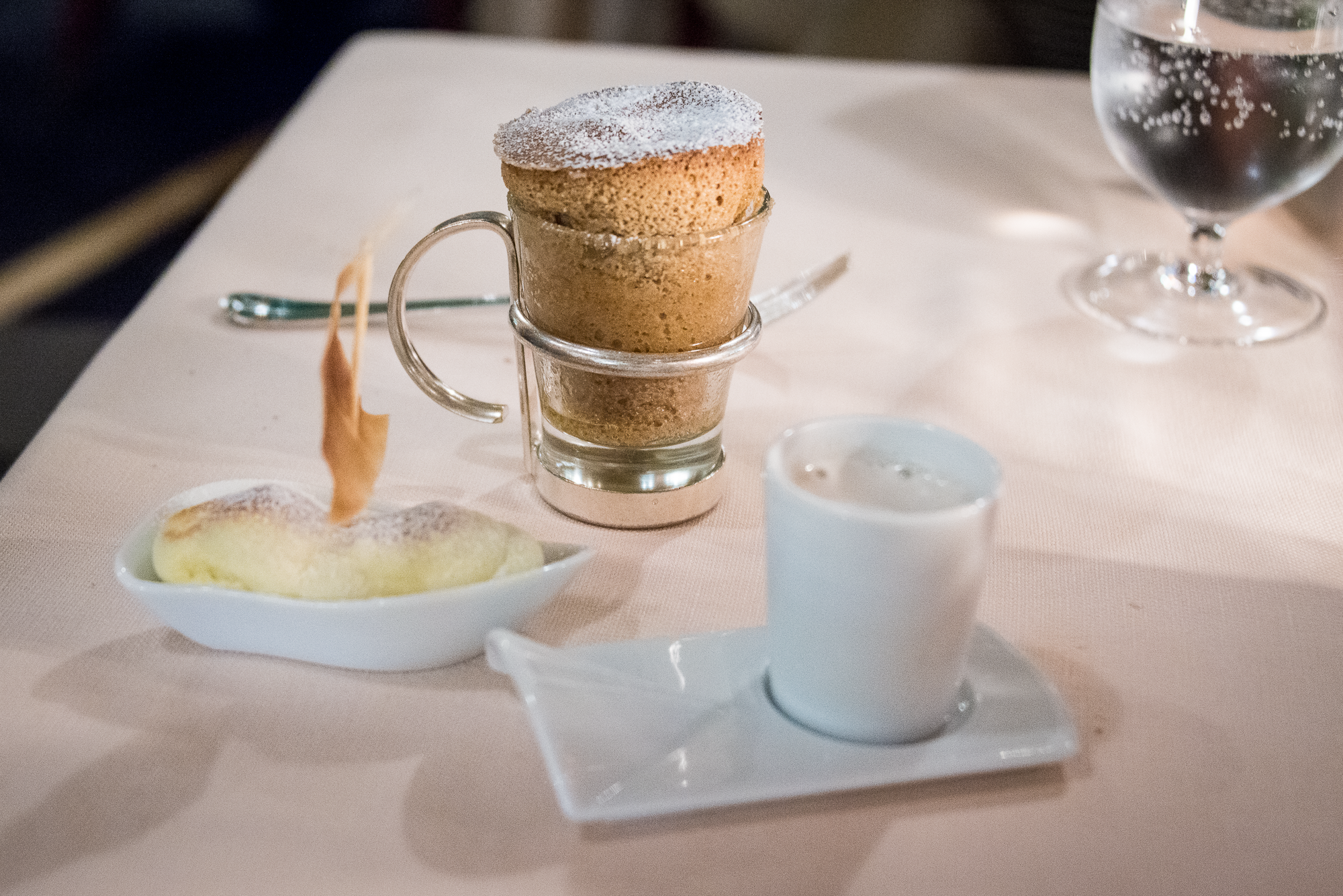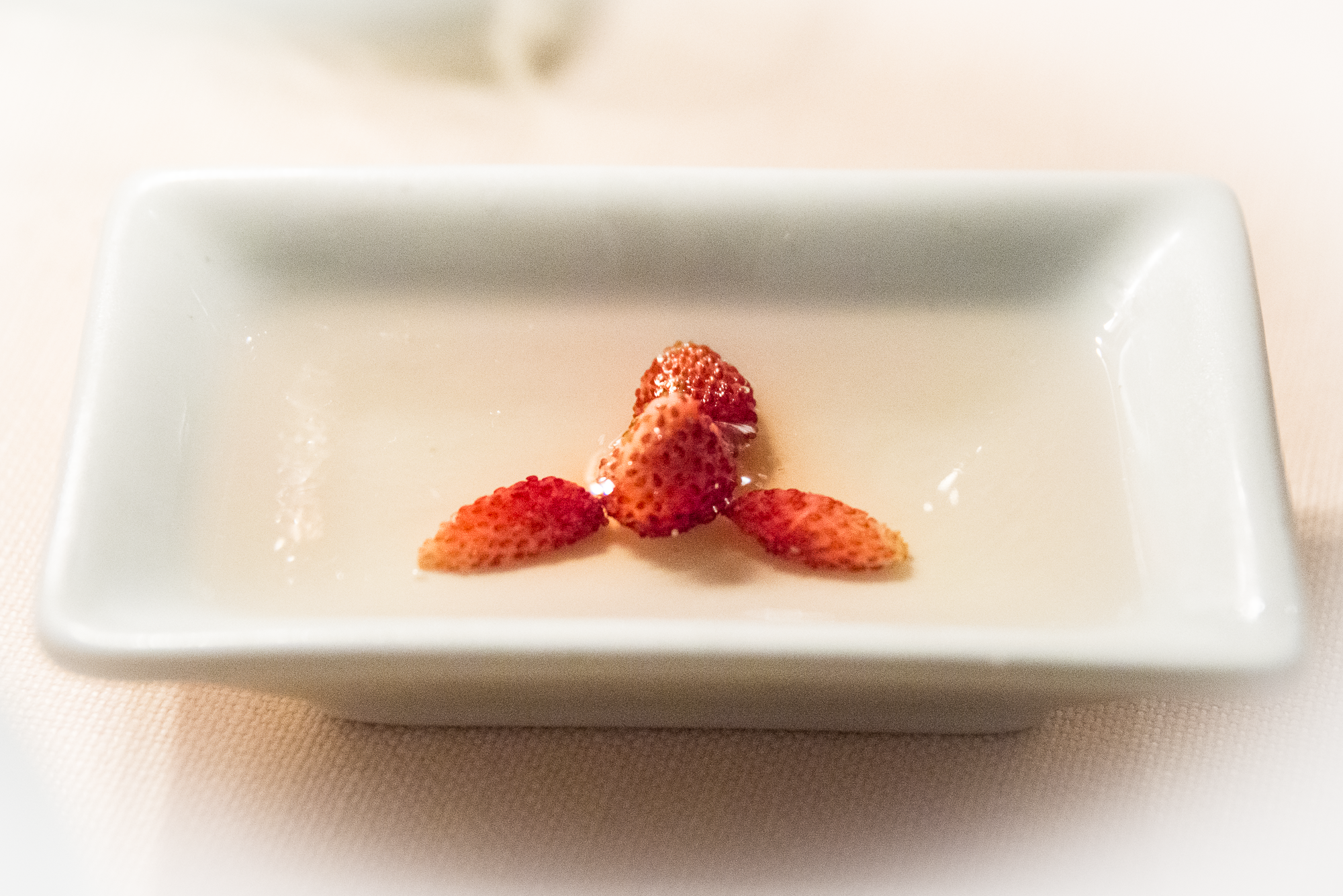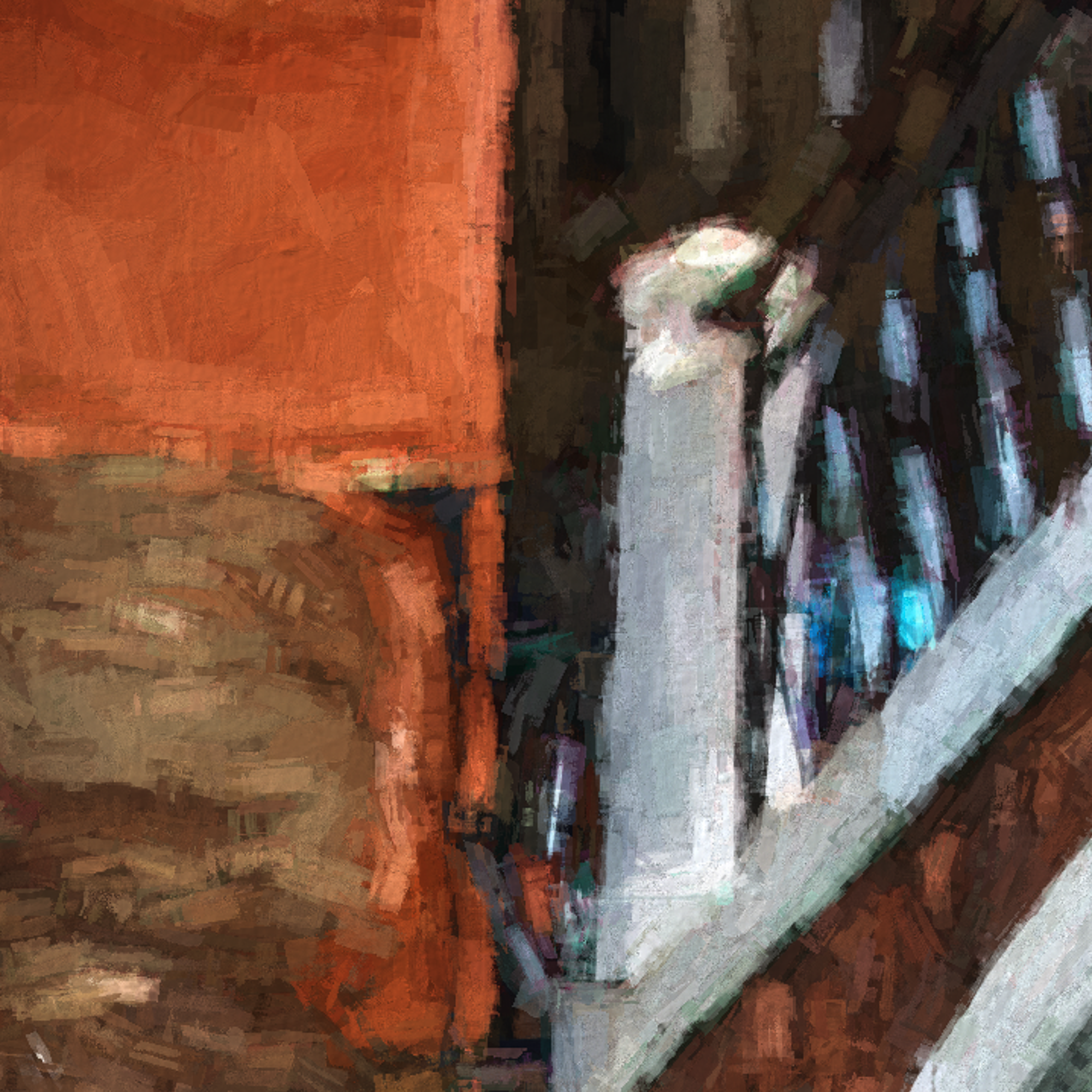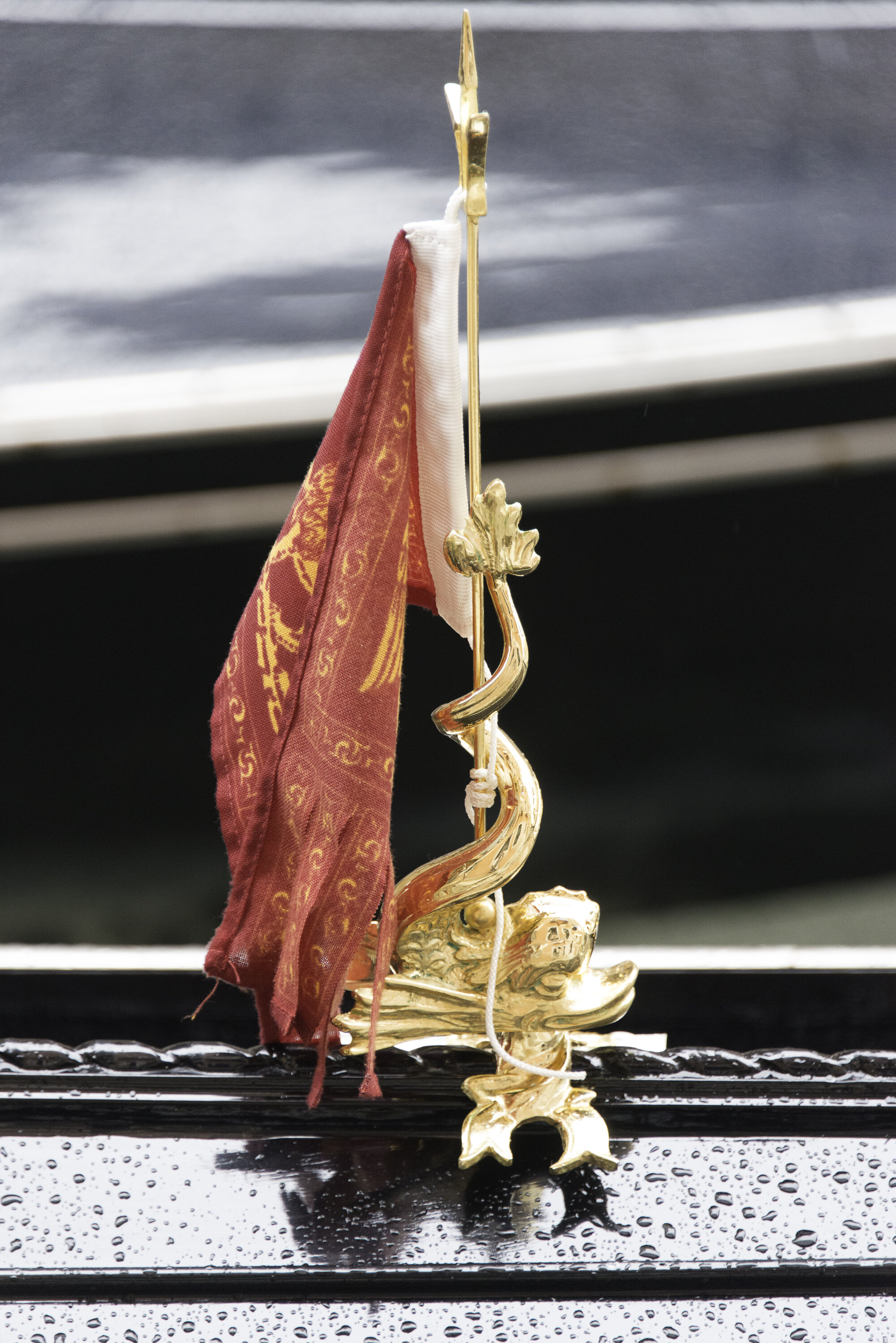Last week you joined me for a wonderful meal at La Pergola in Rome. Wow, it was great wasn’t it?
Of course, you didn’t get to taste anything, but at least you got to see the experience that we had there. I know, I know…not the same…like the “My Grandpa went to Toledo and got me this T-shirt” experience…just not the same as actually going to Toledo, is it?
So, just what is a Michelin star? I’ll be limiting this discussion to restaurants in Italy, though most of Europe is now rated by Michelin, and the USA has now been added to their guide.
The Michelin-Star System
I would start off by saying, “Don’t confuse Michelin stars with the Michelin tire company”, but alas, they are the same. It might seem strange at first, but, Michelin began publishing the travel guide in Europe in 1900 to encourage new drivers to take road trips to local attractions...wearing off a bit of tread in the process, right?. And, among other things, the guide included restaurant reviews that focused on the quality and flavor of food served, as well as mastery of culinary technique and the ‘personality’ of the dishes.
The Michelin guide features more than just the prized ‘starred’ restaurants. In their annual Michelin Red Guide for Italy, you will find many, many places to take a tasty respite. But for now, let’s stick to the essence of the Michelin emphasis…stars.
Stars are for a restaurant, but at the same time, they are also associated with the chef…as this combination is what makes dining at an establishment meal-worthy. It’s probable that if chef Nancy leaves her Michelin-starred Ristorante Fabuloso, then when chef Thomas comes in, things might go down hill a bit and the star made fade until, over time, things started to go back up hill again, and the stars may come out, again.
The rating system was first introduced in 1926 as a single star, with the second and third stars introduced in 1933. Here’s what the Michelin Guide says about a starred restaurant:
1 star - "a very good restaurant",
2 stars - "excellent cooking that is worth a detour", and
3 stars -"exceptional cuisine that is worth a special journey".
The listing of starred restaurants is updated once a year.
Star recipients gain immense prestige and exposure along with the honor, and many restaurant owners also see an increase in business after receiving Michelin stars. Conversely, if you lose a star, you generally lose business.
What is Quality, anyway?
You want to go to a restaurant that has good quality, right? So, what is quality, as associated with dining? ‘Quality’ in any realm is defined as ‘meeting the customers expectations’.
Awhile back, I used to teach a class on Total Quality Management (TQM). In that training, I would ask the question, “Which has greater quality, McDonalds or [insert the name of a great restaurant with which you are familiar]?”
Since the definition of quality is ‘meeting the customers expectations”, it could be either or both restaurants. For instance, regarding timing, if you went to McDonalds and it took three hours to get through your meal, you would not be having your expectations met, as you would be looking for an in-and-out experience. Conversely, if you went to a ‘really nice’ restaurant and they rushed you through in 20 minutes, you would be furious when you received your hefty bill at the end of the meal.
And considering taste, if you were looking forward to very tasty french-fries (mmm…how do they do that, anyway?), and they served you potatoes au gratin at McDonalds, you wouldn’t be happy. And think about how hard it would be to eat those potatoes au gratin whilst driving…not a great idea, and definitely not what you were expecting for your drive. You get the point, right?
So, it’s about expectations, which puts a lot of pressure on the Michelin folks to not raise our expectations above what they say the restaurant can deliver. Thus, they have to be very careful in their lauding of eating establishments. And, this is why there are only 11 three-star restaurants in all of Italy.
Calculating the Stars
How are the stars ‘calculated’? Here’s what the Michelin guide says:
“Restaurants may receive zero to 3 stars for the quality of their food based on five criteria:
quality of the ingredients used,
mastery of flavor and cooking techniques,
the personality of the chef in their cuisine,
value for money, and
consistency between visits.
Restaurant inspectors (anonymous, by the way) do not look at the interior décor, table setting, or service quality when awarding stars - these are instead indicated by the number of 'covers' it receives, represented by the fork and spoon symbol.
OK, it’s getting a bit complicated now, what with the ‘fork and spoon symbol’. The number of ‘fork and spoon’ symbols, or ‘covers’, is an indication of ‘comfort and quality’ of the establishment (but not the food, as that is the job of the stars). Here’s how the fork and spoon symbols are relegated:
Your eyes are glazing over…I can see it happening because the camera on your phone or laptop is actually on right now. Please, either turn it off or perk up a bit with a cappuccino, as I’m just getting to the good part…which of Italy’s restaurants actually have stars.
Italy’s 3-Star Restaurants
There are an estimated 150,000 restaurants in Italy. How many of those get a Michelin 3-Star rating? Only eleven, as of 2020. So, 11 out of 150,000 means those stars shine, don’t they? That’s 0.007% of all the restaurants in Italy.
The following table is from Wikipedia and is current through 2020. And, note that the chef’s names are listed.
One- and Two-Starred Restaurants in Italy
I’m not going to list the 1- and 2-starred Italian restaurants, but here are the numbers:
1 Star - 323 restaurants
2 Star - 37 restaurants
That’s a total of 371 Michelin-starred restaurants in Italy. Each one should provide you with a great meal. But, what about non-starred Michelin recommendations? Do they have recommendations for that, too? Yes, they do.
There are 2,019 Italian restaurants listed in the Michelin Red Guide. So, there are 1,648 restaurants listed with zero stars. Plenty to choose from, I would think.
That about wraps it up for those fabulous Michelin-recognized restaurants in Italy, be it starred, or just listed. You won’t go wrong with your dining experience using their guide.
But, here’s the deal…we’ve eaten at many, many restaurants in Italy that don’t even make the basic guide with zero stars, like Enoteca della Valpolicella or Antico Martini or Donna Selvatica or Banfi’s La Taverna (note that Banfi’s La Sala dei Grappoli has it’s own Michelin star!). These are places that in our mind are “…worth a special journey” and are “very comfortable”.
So, if you see a quaint place to dine along a road in Italy…just forget about that Michelin guide and stop to dine. I’m guessing that your expectations will be met!
However, if you want to drop a few Euros for fancy table settings, and plates with lots of little dots of this-and-that on them, then go online to find one of those 3-star extravaganzas…but don’t count on just pulling up and going in to dine…remember that these are extremely popular restaurants, requiring long approach times for reservations.
Covid Impacts on Italian Micheline-Starred Restaurants
Just FYI, Michelin has kept up a ‘barometer’ of the health of its starred restaurants. Here is the picture for Italy, with week 10 of 2020 on the left, and week 10 of 2021 on the right. Ouch, right?! They are going through another shutdown.
Want to compare this with the United State’s Michelin-starred restaurants open by week? Click here.
Thus ends our journey into the Michelin star process. As I mentioned above, you need not rely on a published guide to find great food in Italy,
Next week, I’ll show you some of our Michelin-starred experiences, and what WE think gives us a dining experience that meets, or exceeds, our expectations.
Ciao for now,
Steve



